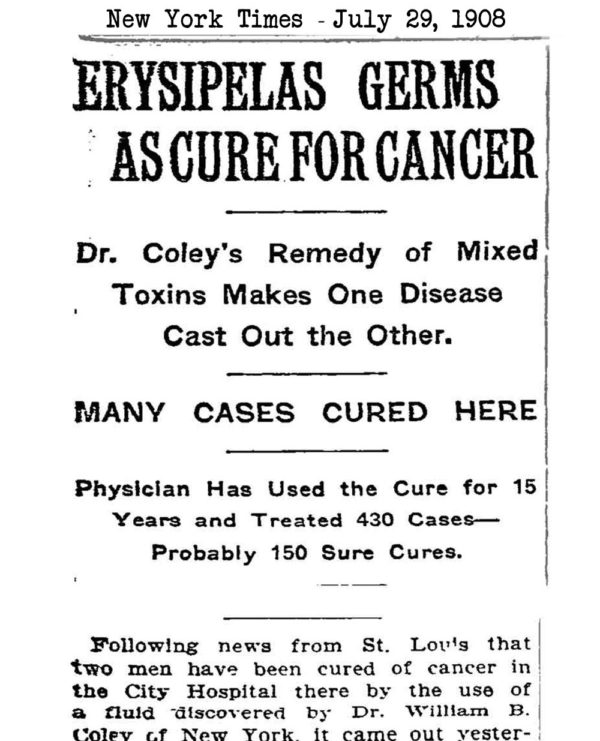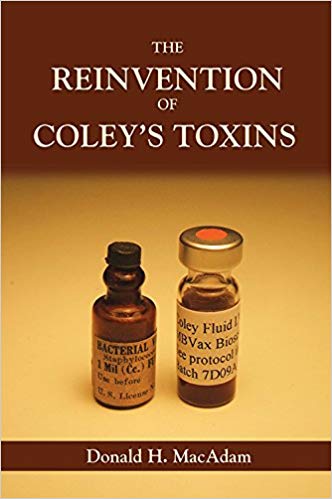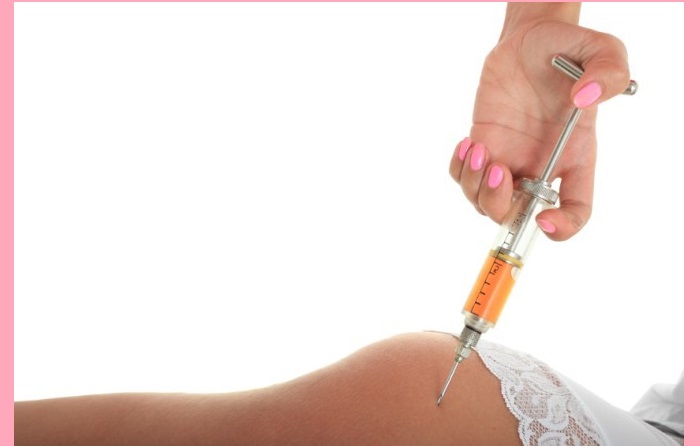The Reinvention of Coley’s Toxins by Donald H. MacAdam is a fascinating read. If you are expecting a dry and brooding book you are in for a treat because MacAdam has a dynamic flair for presenting facts and characters in an enjoyable story telling fashion.
The history leading up to the formation of MBVax is remarkable and includes robotics, human genome sequencing and electronics distribution. The twists and turns that ultimately lead to the reinvention and production of modern day Coley’s Toxins makes for a satisfying journey- one which not only parallels the experimental nature of scientific discovery but also its necessity for serendipity.
Coley’s Toxins were invented in 1893 by Dr. William Coley when he was 29 years old. In the following 43 years Dr. Coley treated about one thousand inoperable (incurable) cancer patients with better results than would be expected for a comparable group of patients today.
Until the last pharmaceutical manufacturer ceased production in 1951, Coley’s Toxins was a mainstream cancer therapy with thousands of physicians treating many tens of thousands of patients. Outcomes were respectable but not as good as achieved by Dr. Coley.
Dr. Coley’s patients fared better than those treated by other physicians because Coley’s Toxins prepared for Dr. Coley’s personal use were more effective than the commercially available formulations.
Beginning back in 2006, the small Canadian company MBVax Bioscience produced a modern version of the formulation used by Dr. Coley and provided it free of charge to physicians anywhere in the world who could legally import the product and administer treatment.
Clinical results included complete regressions (cures) of inoperable and/or metastatic breast cancer, lymphoma, melanoma, lung cancer, esophageal cancer and stomach cancer. I worked for a time alongside Mr. MacAdam at MBVax Bioscience and based on the visits of patients being treated and planning on being treated via our vaccine, I can attest to its genuinity and appreciation.
In spite of the clinical results and the support of leading cancer researchers- medical regulators in Canada, Europe and the U.S. denied permission to commence clinical trials.
For the Silo, Jarrod Barker.

The Reinvention of Coley’s Toxins
Donald H. MacAdam
ISBN 978-0-9959218-2-5
$25.95 (CDN) Volumesdirect.com
Supplemental- Whatever happened to Coley’s Toxins?
Theory of Pets.com Samantha Randall interviews Donald MacAdam about Coley’s Toxins as treatment for Canine Cancer


